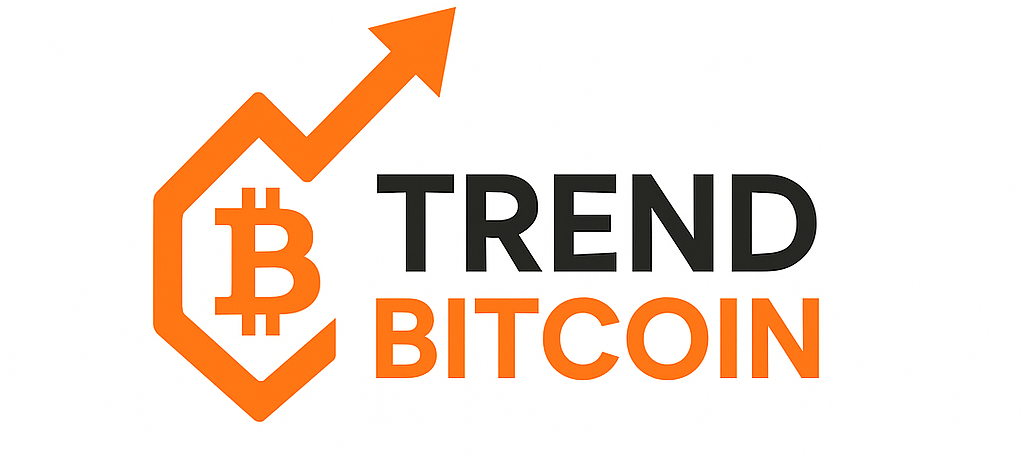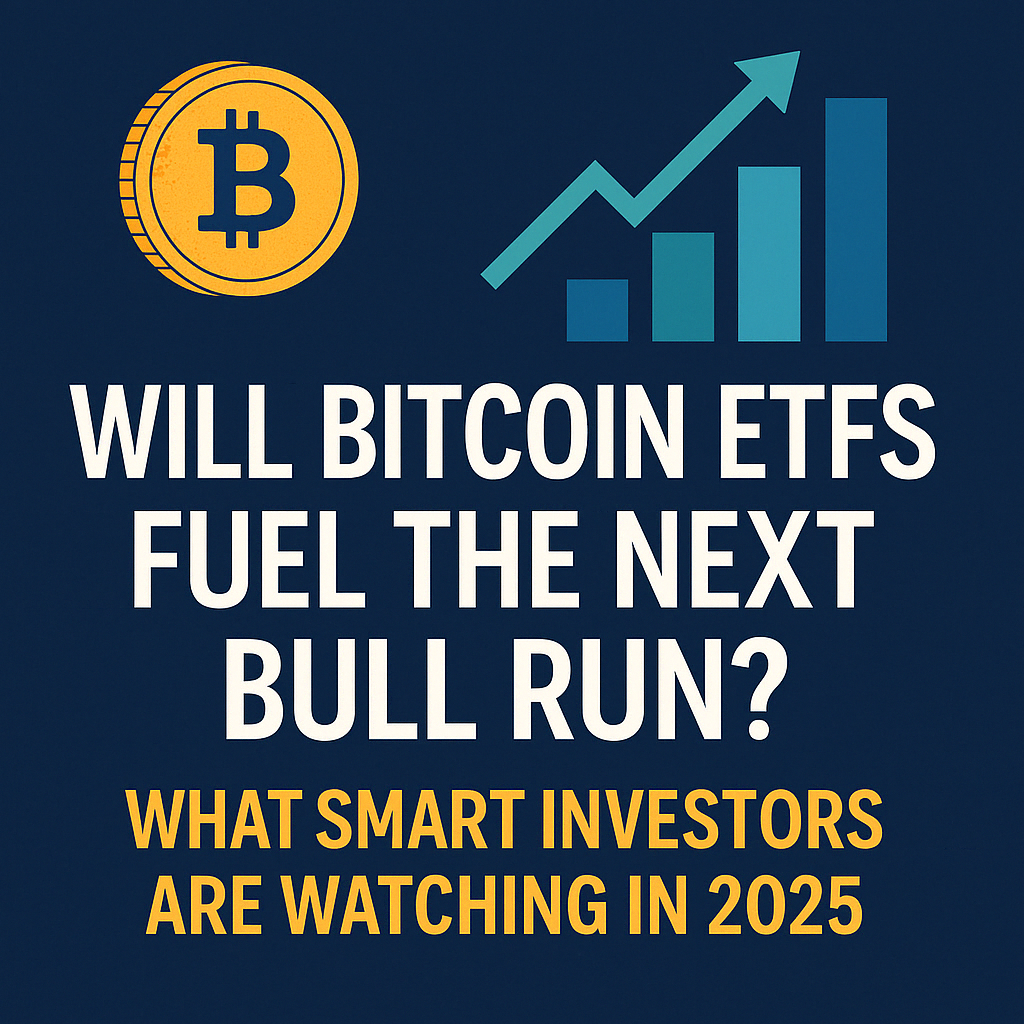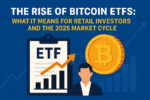In 2025, Bitcoin Exchange-Traded Funds (ETFs) have emerged as one of the biggest catalysts in the crypto space. With multiple spot Bitcoin ETFs approved and actively trading in the U.S. since early 2024, institutional and retail interest in Bitcoin has surged.
But is this new wave of capital enough to drive the next bull run—or are investors overestimating the impact?
This article breaks down what Bitcoin ETFs are, how they’re performing, and what smart investors should watch as the market evolves.
What Is a Bitcoin ETF?
A Bitcoin ETF is a financial product that lets investors buy shares tied to the price of Bitcoin—without needing to manage wallets, custody, or private keys. These funds trade on traditional stock exchanges, making crypto exposure accessible to a much wider audience.
There are two main types of Bitcoin ETFs:
-
Spot Bitcoin ETFs: Hold actual Bitcoin, offering direct price exposure
-
Futures-Based ETFs: Invest in contracts that speculate on Bitcoin’s future price
With the approval of spot Bitcoin ETFs, investors can now gain BTC exposure through retirement accounts, brokerage platforms, and institutional portfolios.
The Current State of Bitcoin ETFs in 2025
As of April 2025, Bitcoin ETFs are actively shaping market sentiment. Weekly ETF flows have varied, reflecting both excitement and caution in the market:
-
iShares Bitcoin Trust (IBIT) saw $36.7 million in net inflows
-
Fidelity Wise Origin Bitcoin Fund (FBTC) saw $35.2 million in net outflows
-
Total net flow across all Bitcoin ETFs: ~$1.5 million
These mixed flows show a market still forming conviction. However, the consistent inflow to key ETFs like IBIT suggests sustained interest from long-term players.
Why Bitcoin ETFs Could Fuel the Next Bull Run
ETFs do more than simplify access—they fundamentally reshape how investors interact with Bitcoin. Here’s why they could be a major driver of the next bull cycle:
-
Institutional adoption: Pension funds, hedge funds, and asset managers can now enter crypto markets through a regulated vehicle
-
Portfolio integration: ETFs make it easier for Bitcoin to be included in traditional asset allocations
-
Custody-free access: Investors can avoid the technical burden of managing wallets or seed phrases
-
Credibility boost: Regulatory approval improves Bitcoin’s legitimacy in the eyes of conservative investors
In short, ETFs unlock capital that was previously sidelined—and that capital is now trickling in.
Could Bitcoin Reach $200K in 2025?
Some analysts are forecasting bullish scenarios for Bitcoin in 2025, with predictions ranging from $100,000 to $250,000, largely driven by ETF demand, institutional adoption, and macroeconomic shifts like interest rate cuts or a weakening U.S. dollar.
Still, it’s important to remember: Bitcoin ETF flows are just one piece of the puzzle. Market cycles, global economic conditions, regulatory developments, and on-chain activity all play significant roles.
What Smart Investors Should Be Watching
To navigate the ETF era of Bitcoin investing, here’s what savvy investors are tracking:
-
ETF inflow/outflow trends (via providers like Farside or Glassnode)
-
Institutional interest (measured through holdings disclosures and fund reports)
-
Spot vs futures price gaps
-
Regulatory updates from the SEC or other jurisdictions
-
Correlation between ETF launches and BTC price moves
This data-driven approach will be essential in understanding whether ETFs are creating sustained demand—or short-term hype.
Risks and Misconceptions to Be Aware Of
Despite the promise, there are some common investor pitfalls around Bitcoin ETFs:
-
Not a guaranteed price pump: ETF approval doesn’t always equal immediate price surges
-
Management fees: Most ETFs charge annual fees that eat into long-term returns
-
No self-custody benefits: You don’t actually own Bitcoin—you own shares
-
Still subject to crypto market volatility
ETF exposure is a tool—not a cheat code. Use it as part of a diversified, informed investment strategy.
Final Thoughts
Bitcoin ETFs represent a major milestone in crypto’s path toward mainstream adoption. They remove friction, reduce fear, and invite institutional capital into a space that once felt like the Wild West.
Will they single-handedly launch the next bull run? Not necessarily.
But they will absolutely play a key role in shaping its foundation.
If you’re serious about crypto investing in 2025, tracking ETF flows, sentiment, and macro factors will be just as important as watching price charts.
Want more data-backed crypto insights like this?
👉 Subscribe to the TrendBitcoin newsletter for weekly investor-focused content powered by AI tools, trend forecasting, and smart strategy.










